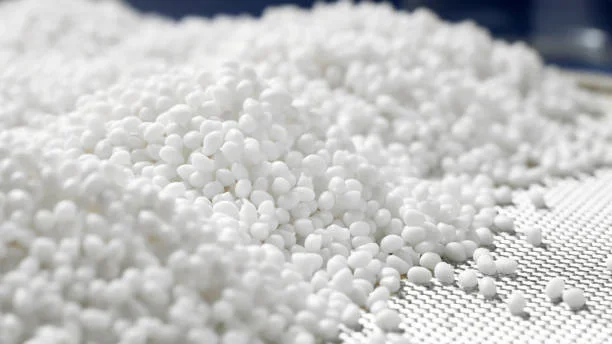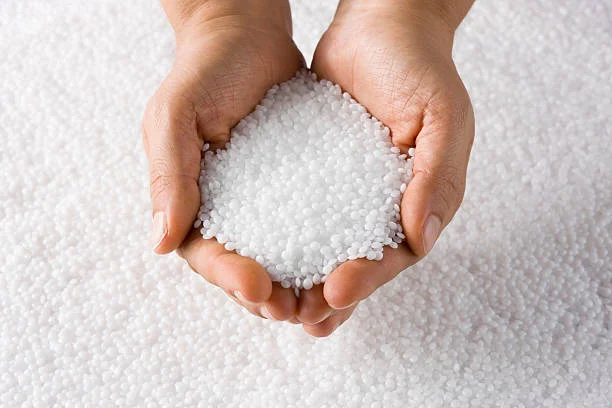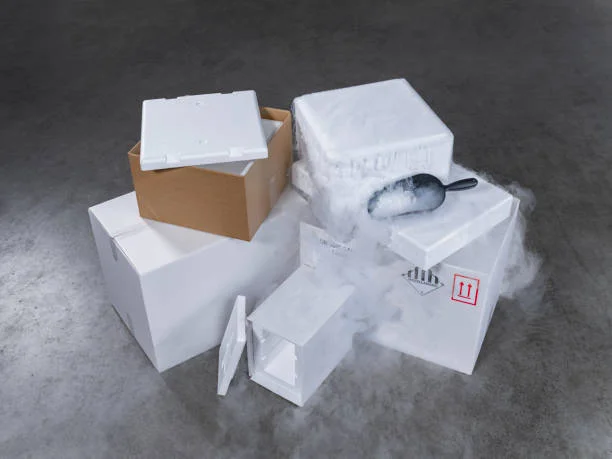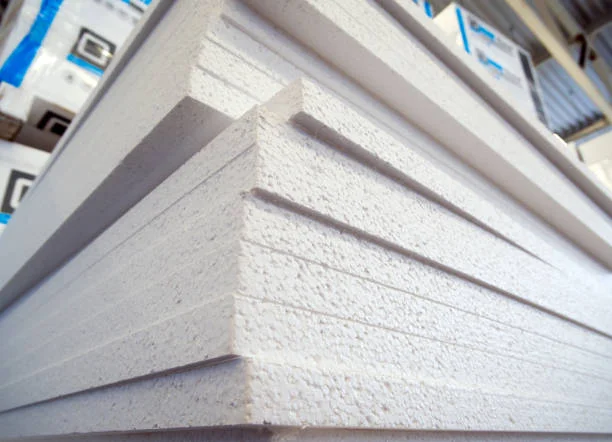In our daily lives, materials are everywhere, playing an important role in different forms and uses. Today, let’s focus on a seemingly insignificant material that has a wide range of applications in many fields – EPS pellets.
What are EPS pellets? You may have seen them in packaging materials or in building insulation, but do you know them?
Exploring EPS pellets not only allows us to have a deeper understanding of the material world around us but also helps us make more informed decisions when choosing and using related products. So, let’s start this journey of exploration together!
What Are EPS Pellets?

What Are Eps Pellets? EPS pellets, the full name of which is Expanded Polystyrene pellets, are what we often call expandable polystyrene pellets. These small pellets may seem ordinary, but they actually contain a unique chemical composition.
Polystyrene, as the main component of EPS pellets, is a high molecular compound formed by the polymerization of styrene monomers. This polymer has good stability and plasticity. EPS pellets are usually tiny particles with a diameter of several millimeters, white or translucent. Their microstructure gives them excellent performance. Due to the characteristics of polystyrene, EPS pellets have the advantages of lightness, firmness, and heat insulation.
For example, in the packaging industry, its lightness can greatly reduce the weight of the package and reduce transportation costs; in the construction field, its excellent heat insulation performance can effectively reduce the heat exchange between indoors and outdoors, achieving energy-saving effects.
These small polystyrene pellets play an important role in various fields with their unique composition and characteristics.
Eps Pellets Manufacturing Process

The manufacturing of EPS pellets is a carefully designed process involving multiple key steps and strict selection of raw materials.
First, the selection of raw materials is crucial. Usually, the main raw material used is styrene monomer. In order to ensure the quality of the final product, the selected styrene monomer needs to meet certain purity standards. Next is the polymerization stage. In a specific reaction vessel, by adding initiators and controlling reaction conditions such as temperature, pressure and stirring speed, styrene monomer undergoes polymerization to form polystyrene polymer chains.
The next step is to pre-foam the obtained polystyrene. This is usually achieved by heating the polystyrene and injecting a foaming agent. Commonly used foaming agents include pentane, etc. The foaming agent generates gas after being heated, which expands the polystyrene to form preliminarily foamed particles. These preliminarily foamed particles are placed in molds or specific equipment for maturation and further expansion to form EPS pellets of uniform size, specific density, and performance.
Throughout the manufacturing process, strict quality control and parameter adjustment are essential to ensure that the produced EPS pellets meet various performance indicators and application requirements.
Characteristics and Advantages
Lightweight
In the packaging industry, the lightweight properties of EPS pellets are clearly demonstrated. For example, when used to package electronic equipment, packaging made of EPS pellets can greatly reduce the overall weight of the product compared to traditional heavy packaging materials. This not only makes handling and transportation more convenient, but also significantly reduces energy consumption and costs during transportation. Assume that a box filled with traditional packaging materials originally weighs 10 kg, but after packaging with EPS pellets, the weight may be reduced to 3 kg. In large-scale transportation, this weight reduction means that more goods can be loaded on the same transportation vehicle, thereby improving transportation efficiency and reducing transportation costs.
Good Thermal Insulation Properties
When it comes to building insulation, the good thermal insulation properties of EPS pellets play a key role. Taking a house heated in winter as an example, traditional building materials have poor thermal insulation properties, and indoor heat is easily lost through walls, roofs, etc. The use of insulation materials made of EPS pellets to cover the outer layer of the building can effectively block the transfer of heat. This means that indoor heating equipment does not need to run at high intensity continuously to maintain a comfortable temperature, thus significantly saving energy consumption.
According to statistics, the energy consumption of buildings using EPS pellets insulation materials during the heating season can be reduced by 20% to 30% compared with those without, significantly reducing the demand for energy and making a contribution to energy conservation, emission reduction and energy cost reduction. made important contributions.
EPS Pellets Application Fields
Packaging

In the field of packaging, EPS pellets play an important role. They are widely used to protect fragile items such as glass products, ceramic crafts, electronic products, etc.
Due to its light weight and certain cushioning properties, it can effectively absorb the impact during transportation and handling, reducing the risk of damage to items. For example, when shipping a delicate glass vase, using a box filled with EPS pellets can ensure that the vase stays safe during the long haul.
Architecture

In the construction industry, EPS pellets contribute to energy efficiency. They are often made into insulation panels and installed on the exterior walls, roofs and floors of buildings. These insulation materials can reduce the heat exchange between indoors and outdoors, prevent indoor heat loss in winter, and block external heat from entering in summer.
Taking a residential building as an example, after using EPS pellets insulation materials, heating costs in winter and cooling costs in summer can be significantly reduced, improving living comfort and reducing energy consumption.
Buoyancy equipment

EPS pellets are a common material choice when it comes to buoyancy equipment, such as life jackets. Their low density and good buoyancy properties allow life jackets to easily support the body’s weight in the water. In the event of an emergency, such as a boat crash or accident while on the water, life jackets filled with EPS pellets can provide critical buoyancy and increase chances of survival.
Environmental Impact
EPS pellets are hard to degrade naturally. Random discarding leads to accumulation in soil, rivers, and oceans. It hinders plant growth in soil, harms marine life in water, and damages the ecosystem.
Recycling EPS pellets is tough due to their size and floatability, and specific requirements. But new methods are emerging with growing awareness and tech progress. This creates demand and support for recycling.
Conclusion
EPS pellets are important in many fields, and their applications range from packaging to protect fragile items, to improving building energy efficiency, to buoyancy equipment to ensure life safety. However, they also face severe challenges, such as being difficult to degrade and causing potential harm to the environment, and being difficult to recycle.
It is believed that with the advancement of technology and the enhancement of environmental awareness, EPS pellets can better coordinate with environmental protection while giving full play to their advantages, and make more positive contributions to our lives and social development.
